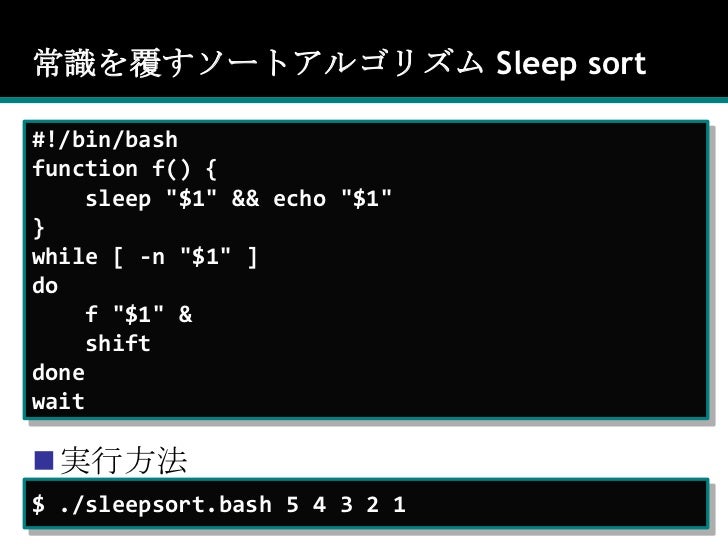
Because these features have helped us to use sleep() as easy as possible. Java has Thread.sleep(2000), Python has time.sleep(2), Go has time.Sleep(2 time.Second). Theres a sleep method that simulates an asynchronous operation. So, how might you be able to implement a method with the same functionality as. It runs in a single thread and since almost no function in Node performs direct I/O. There are no other projects in the npm registry using sleep-synchronously.

The following diagram shows a simplified overview of the event loop's order. Start using sleep-synchronously in your project by running npm i sleep-synchronously. When Node.js starts, it initializes the event loop, processes the provided input script (or drops into the REPL, which is not covered in this document) which may make async API calls, schedule timers, or call process.nextTick (), then begins processing the event loop. Latest version: 2.0.0, last published: 2 years ago. But we should thank promises and async/await function in ES 2018. Unlike Java or Python, Javascript does not have a built-in sleep function. Block the main thread for a given amount of time. Javascript doesn't have these kinds of sleep functions. Use the await() Keyword to Pause Execution of Codes in Node.js. If the preload script unconditionally launches a worker thread, every thread spawned will spawn another until the application crashes. Java has thread.sleep(), python has time.sleep() and GO has time.Sleep(2 * time.Second). Zero CPU overhead, zero dependency, true event-loop blocking sleep. Unless the execArgv option is explicitly set, new Worker threads automatically inherit the command line flags from the running process and will preload the same preload scripts as the main thread. Just put the code you want to delay in the callback.For example, below is how you can wait 1 second before executing some code. In programming languages such as C and Php we would call sleep(sec). One way to delay execution of a function in NodeJS is to use the seTimeout() function. functionname is the first required parameter. The general syntax for the setTimeout () method looks like this: setTimeout (functionname, time) Let's break it down: setTimeout () is a method used for creating timing events.

calculate the account total.With the help of Sleep() we can make a function to pause execution for a fixed amount of time. The setTimeout () Method - A Syntax Overview.

export const sleep = (ms: number) => )Ĭonsole.error("Account refresh timed out, recalc aborted") Yields asynchronously and performs a test on the completion condition at regular intervals till true or timeout. This method is sort of similar to a while (!condition) sleep loop, but When working with async functions or observables provided by 3rd party libraries, for example Cloud firestore, I've found functions the waitFor method shown below (TypeScript, but you get the idea.) to be helpful when you need to wait on some process to complete, but you don't want to have to embed callbacks within callbacks within callbacks nor risk an infinite loop.


 0 kommentar(er)
0 kommentar(er)
